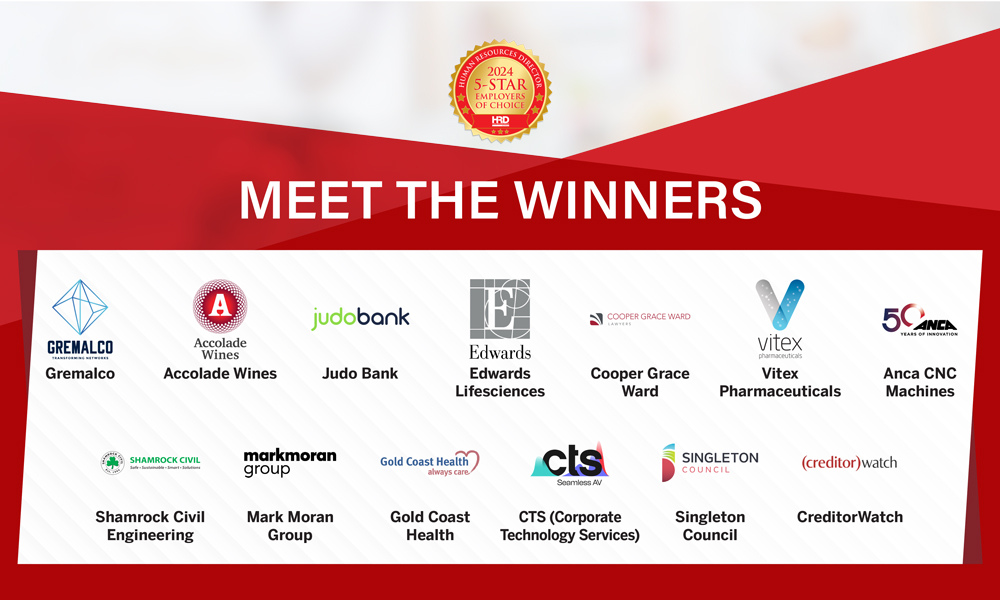I am currently building the business case for an employer branding initiative and its impact on the bottom line. How should I go about trying to build a consensus as to what defines our company’s employer brand?
I am currently building the business case for an employer branding initiative and its impact on the bottom line. How should I go about trying to build a consensus as to what defines our company’s employer brand?
– HR manager in FMCG, Melbourne
Firstly, well done for taking the first step to defining your employment brand. As you may know an employer brand defines the personality of a company, both good and bad. Employer branding can be defined as the process of discovery, analysis, definition and communication of an employer’s unique assets or Employer Value Proposition (EVP). Assets include leadership, career development and opportunities, teamwork and culture, working conditions and benefits, to name a few.
The underlying messages affect the engagement levels of your employees and attractiveness of your company to the broader market. This obviously relates to a dollars and cents issue. The more attractive your company to your target market, the less cost your company will incur in acquiring, training and retaining key talent.
Understanding your employer brand comes down to understanding why candidates want to join and why the best employees remain engaged. A series of focus groups with a diverse range of stakeholders is required to build consensus on what is the ‘value add’of being an employee. This information can be gathered across HR, line managers and even your external suppliers. The result is a profile of the kinds of people that succeed within your organisation and the key messages that attract your target audience, as well as discourage those that may be a poor fit.
The blueprint obtained provides a targeted and focused message to market the employer. Continual reverberation of a positive employer brand message to employees, and to the general market, is the key to finding and keeping the best. Communications vehicles include the careers website, advertising, employer referral program and alumni program, to name a few.
Importantly, an employer brand should not be separate from the company’s marketing messages – just more tailored to the audience. It is vitally important to align the employer brand with the overall brand. Employer branding efforts will be counterproductive if the messages aimed at recruits undermine the company’s broader marketing strategy.
Just a final word. Successful employer branding is built not only on the aspirations of a company, but also on its ability to deliver on the promise. While it is fine to have an aspiring message, if new hires and current employees perceive there to be too great a divergence between the message and reality, the psychological ‘contract’ can be broken. Consistency of the experience with the brand is paramount!
By Mark Condon, general manager, HR Managed Services & Consulting, Talent2. Tel: 03 9918 1919







